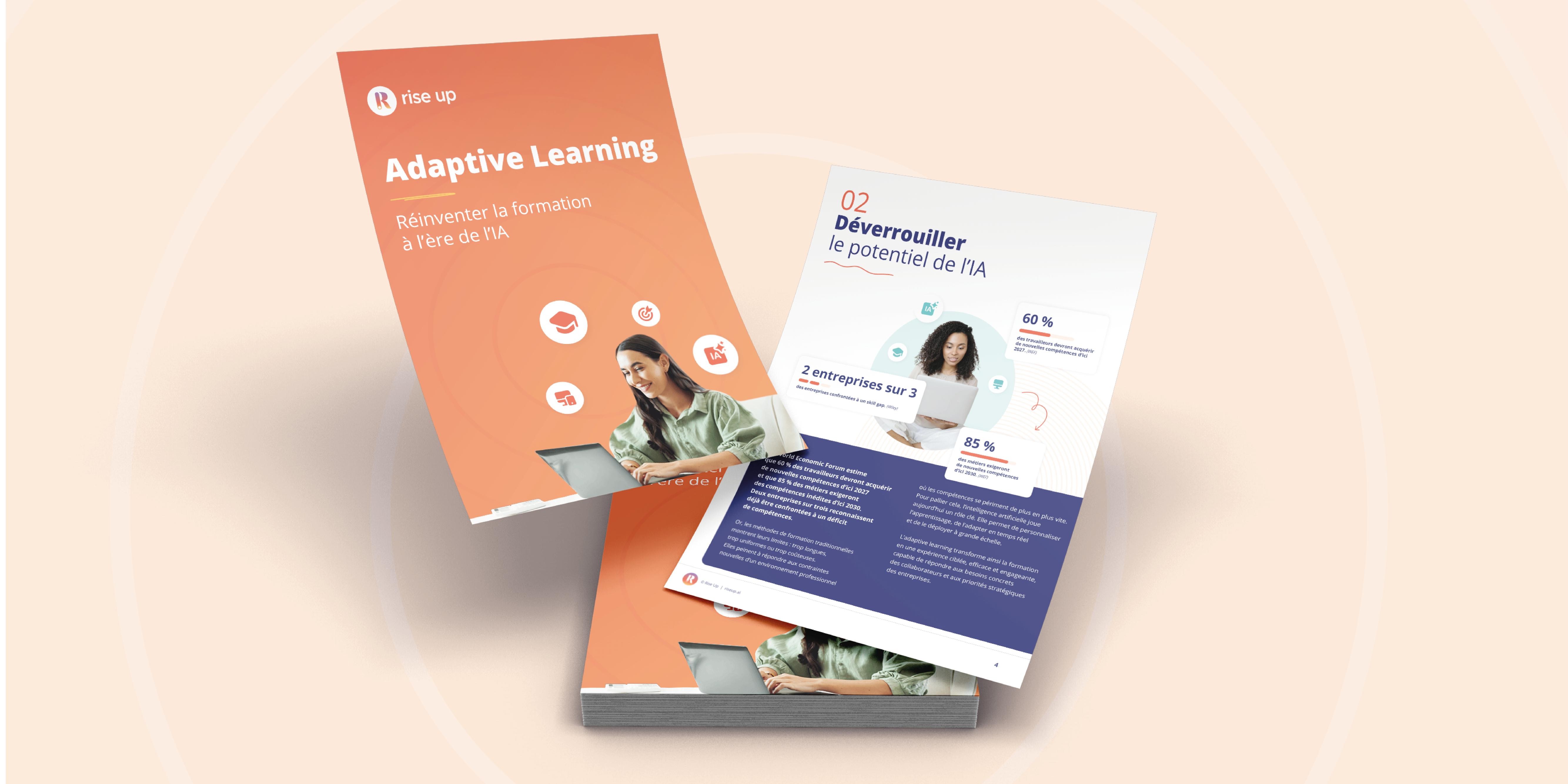How L&D can play a key role in improving employee stress exposure
5 minutes of reading | 2023-04-24
Arnaud Blachon, Chief Executive Officer & Co-Founder at Rise Up, discusses how learning and development strategies can help reduce work-related stress

Work and stress are often intertwined. When researchers at Mind asked people how workplace stress had affected them, they found that “21% had called in sick to avoid work”, while “14% had resigned” and “42% had considered resigning”, due to stress alone.
Common Causes include:
- Feeling like we're under a lot of pressure of going through big changes.
- Lacking support of having poor relationships with managers.
- Having little or no control over a situation.
- Feeling overloaded with responsibilities workload.
Some might argue that stress is a natural symptom of a fast-paced and successful workplace. There is a valid argument that healthy doses of stress can help you achieve more, some even thrive off it, as UC Berkeley found: “Manageable stress increases alertness and performance.”
But too much stress can have an incredibly negative effect, including hospitalization. Stress-related illnesses in the UK costs billions annually in healthcare and work absences, not to mention the pain and suffering experienced by people and their families. However, just because stress and work appear to have an intrinsic link, does that make it acceptable?
With Stress Awareness Month in full swing, HR and People departments nationwide are scrambling to think up schemes and workshops aimed at helping their employees alleviate stress. Tools and action plans may vary from workload control, enhanced communication, disconnection tools or others but could L&D departments play a crucial role in this too?
Leaning into learning and development
Surveys and research by Gartner found that 70% of employees have not mastered the skills they need for their jobs today. Without the correct skills, it becomes impossible to cope with, change, business pressure and perceived overwhelming volumes of work. With this in mind, empowering employees through training can help to prevent stress by providing them reassurance in their ability to perform.
At the moment, some employees are left playing catch-up without having learned proper processes. This can lead to a loss of confidence, working extra hours to complete tasks, or struggling to keep up with workloads. Over time, these hairline fractures in our psyche can turn into deep furrows in our well-being.
To solve this, implementing a learning culture from onboarding to learning-in-the-flow-of-work allows staff to continually adapt, develop, and ultimately feel more confident. This is backed by the NHS’ guidance, with learning new skills being one of the five steps to mental wellbeing. As well as improving stress levels at work, learning is a way of:
- Boosting self-confidence and raise self-esteem.
- Helping people to build a stronger sense of purpose.
- Allowing people to connect and share with others.
A phased approach
However, companies do not need to dive headfirst into a wide-ranging L&D program, as this could overwhelm staff even further. A hugely important point in mastering this process is streamlining and personalizing the training on offer. Ask them what training they need to succeed, and conduct feedback sessions and quick surveys to collate the data. Make sure everything on offer is bespoke, relevant, and valuable – this is not a tick-box exercise. The aim should be to deliver the right training, at the right time, to the right person, to prevent overwhelm and instead reposition training as learning-in-the-flow-of-work. Technology can help support this and streamline this process. Learn more here.
Empower your managers
Another key piece to implementing a learning culture that aids the stress the workforce face, is investing in L&D for management to aid a ‘trickle-down’ effect to the staff they lead. Effective training not only improves a manager’s skills in helping staff thrive (as they know the processes inside out) but can also extend to mental health and wellbeing itself.
Championing managers to become mental health first-aiders, with an astute eye for noticing the first signs of stress is yet another facet of L&D adding value for employees on multiple levels. Managers can take it that one step further in offering mental health awareness training, to help teach the wider organization about well-being, stress combating and general mindfulness that can be used in both their personal and professional lives.
Now is the time to reconsider what L&D contributes to a workplace. Gone are the days of handing out company-branded stress balls in employee welcome packs – support and empowerment via well-structured training is the tool we need to get a firm grip on.
This blog was featured in TheHR Director magazine





